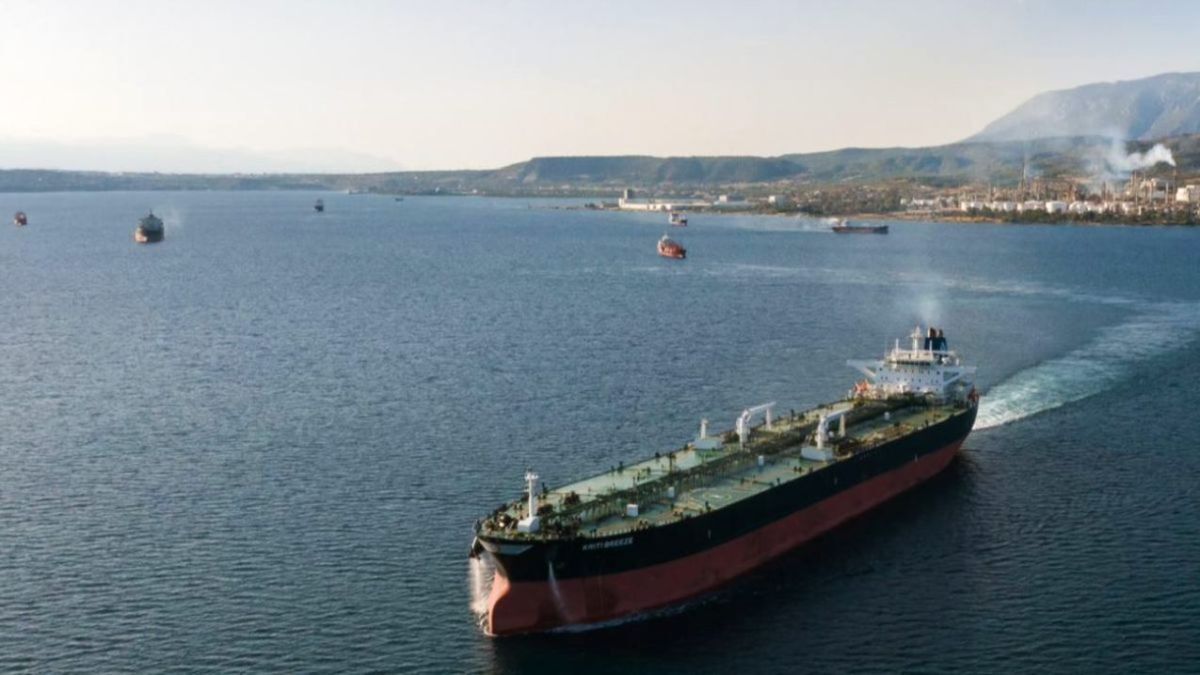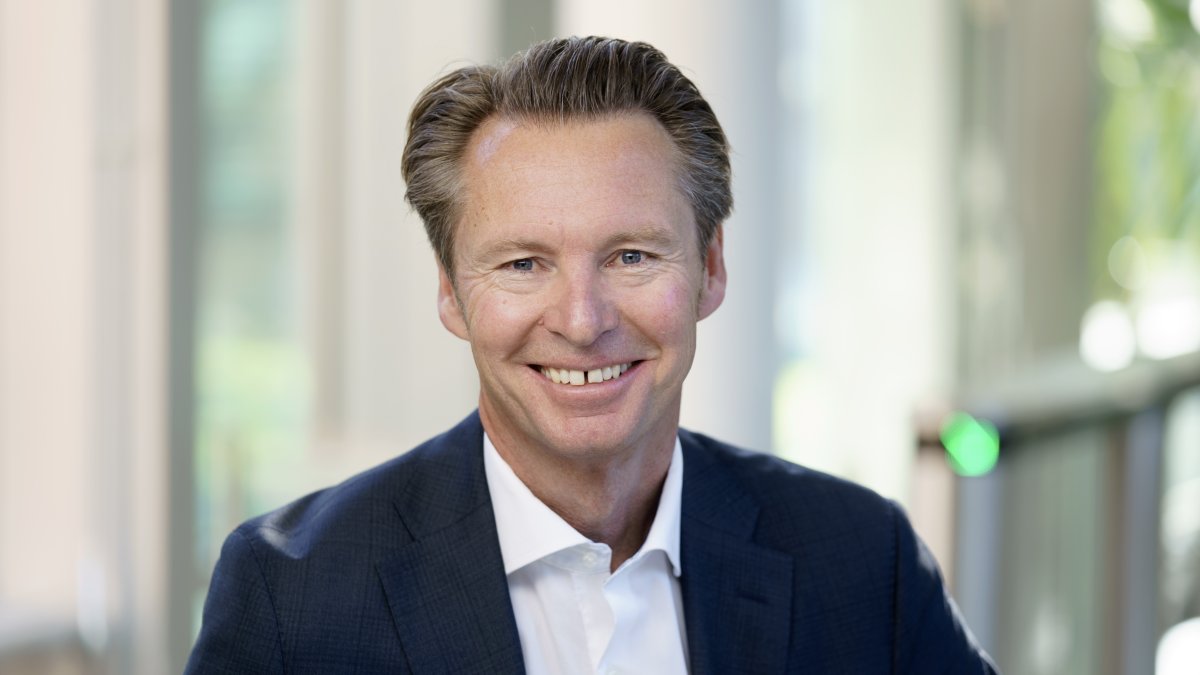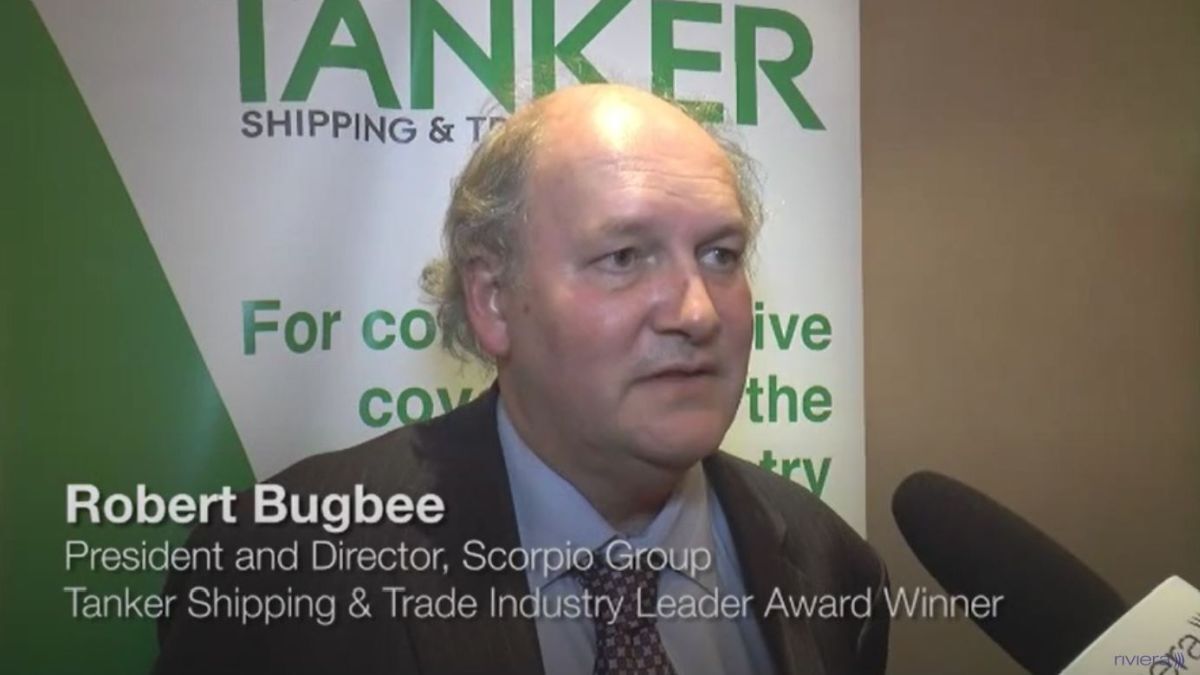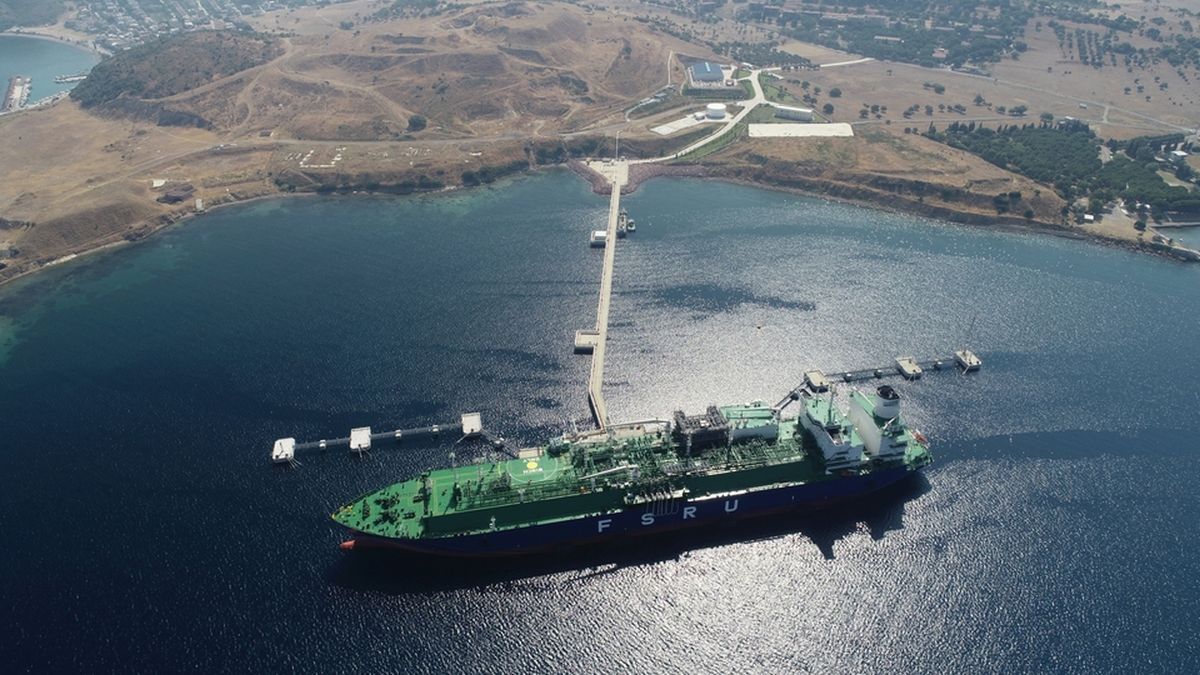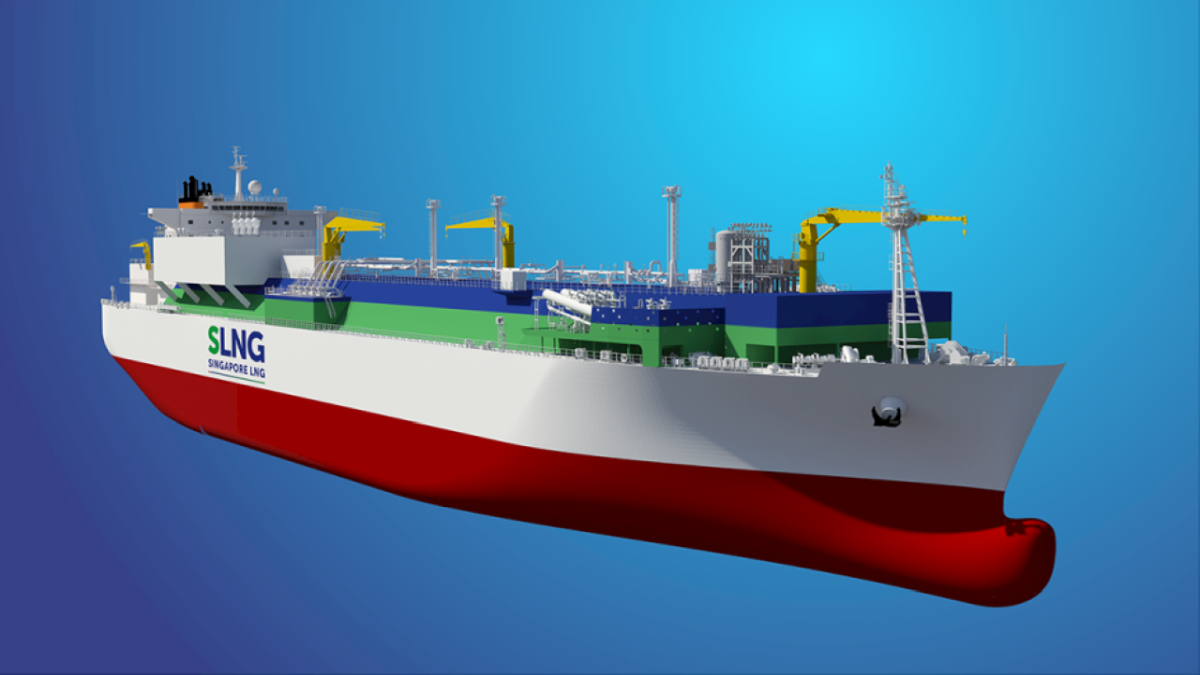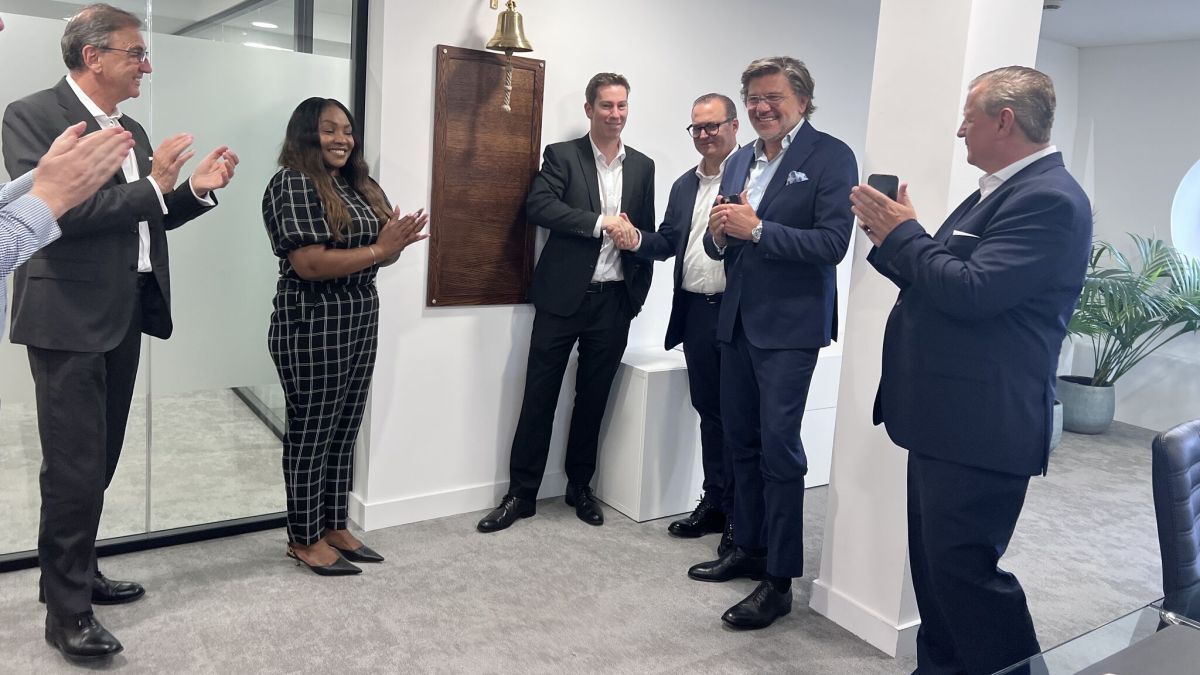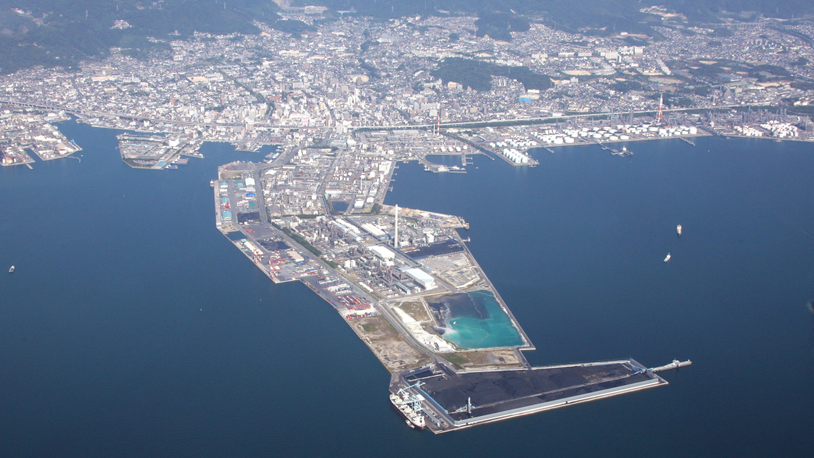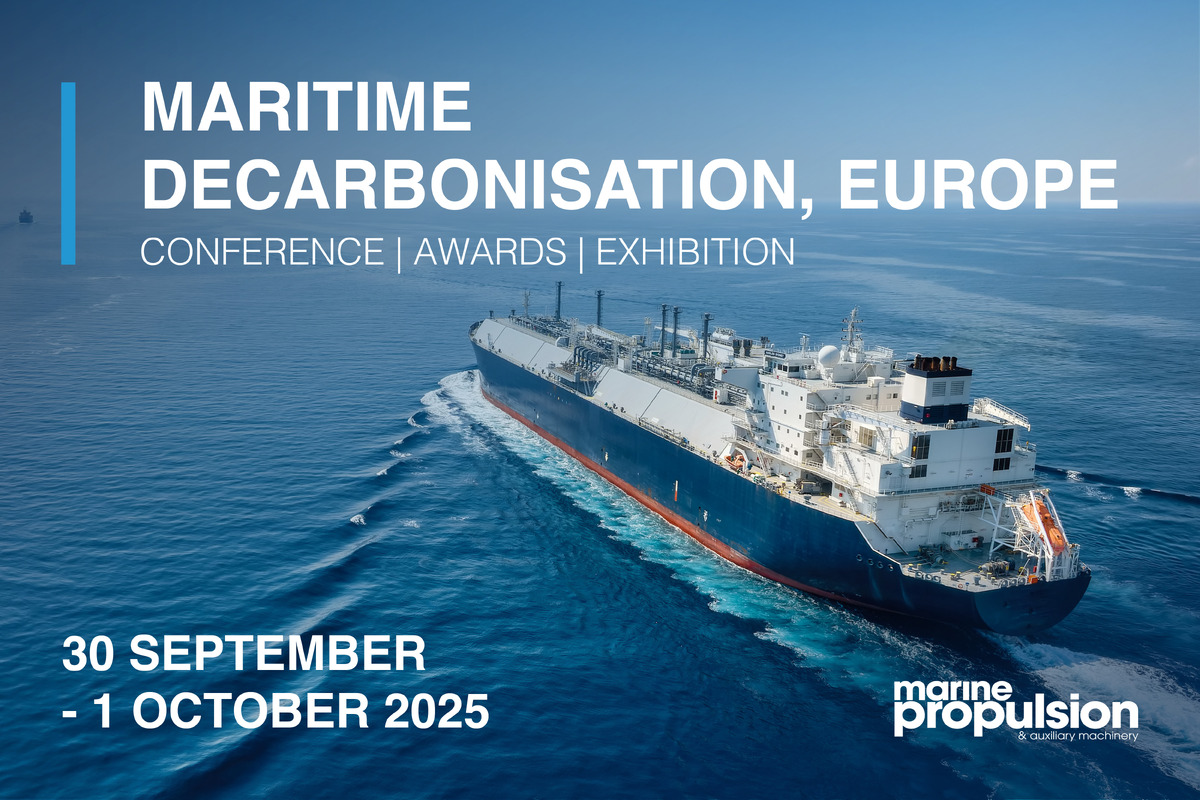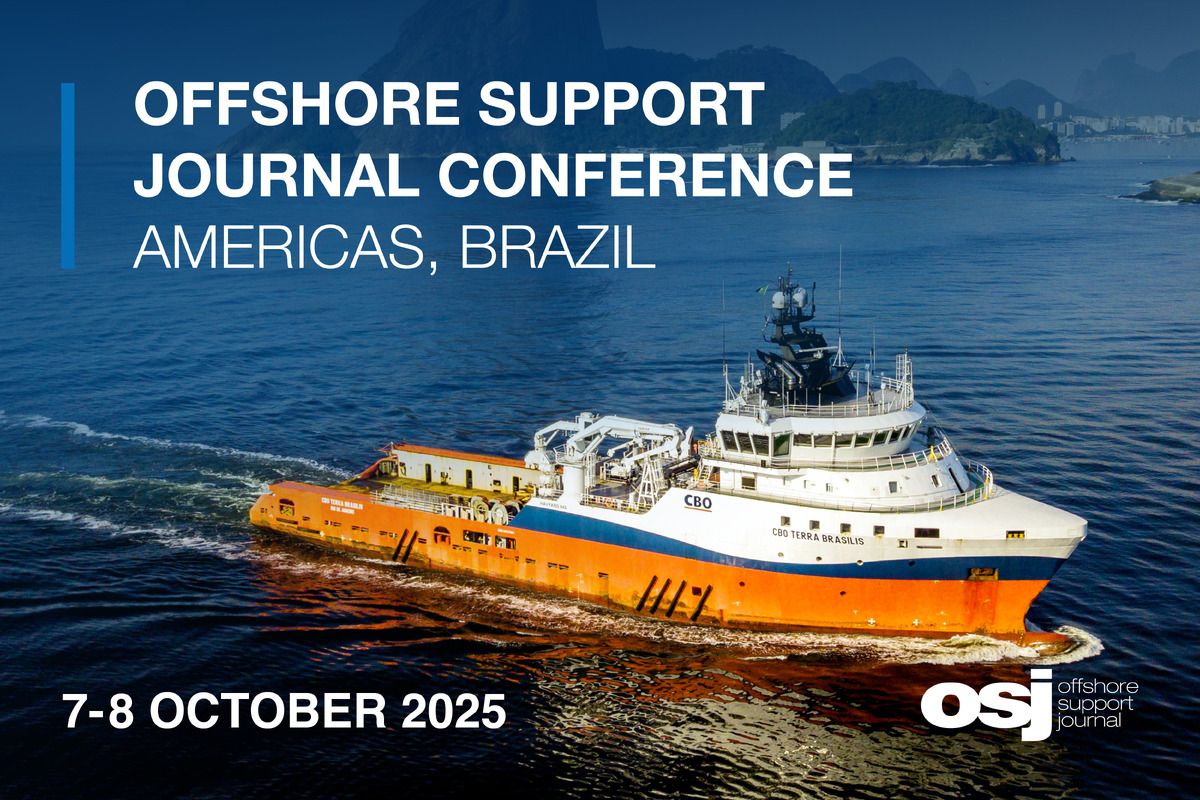Business Sectors
Contents
Ammonia as a fuel: collaboration holds the key
An intriguing option for decarbonisation, ammonia as a fuel must first clear several technical hurdles where industry collaboration will be critical
To meet IMO’s ambition of reducing greenhouse gas (GHG) emissions by 50% by 2050 as compared with 2008, ships operating on carbon-neutral fuels must be sailing in the world fleet. Ammonia has emerged as a frontrunner in the race for zero-carbon fuels to support shipping’s decarbonisation, but many unanswered questions remain surround its application, availability, pricing and safety. Those tough questions were tackled by panellists at Riviera Maritime Media’s webinar Are you ready to adopt ammonia as your future clean fuel? part of Marine Propulsion’s Marine Fuels Webinar Week.
There is clearly strong interest around ammonia as a fuel, with the first ‘ammonia-ready’ tanker ordered, conversion of the first ammonia fuel-cell-powered offshore support vessel planned and development of the first ammonia dual-fuel, two-stroke engine underway.
While engine manufacturers are working hard on solutions, the critical propulsion technology pieces are not yet all in place.
“We’re putting pressure on the engine manufacturers,” said panellist AP Møller-Maersk head of technical innovation Jacob Sterling. AP-Møller Maersk has made a commitment to have a carbon-neutral feeder vessel in the water by 2023 – pushing forward its original deadline for having such a ship by seven years. In the case of its feeder vessel, Maersk choose to burn e-methanol or bio-methanol, while also committing to installing dual-fuel engines on all its newbuilds. “We chose methanol because that’s the fuel we can order a ship for today,” said Mr Sterling.
The move shows the container ship giant’s commitment to decarbonisation, but also highlights the urgency needed to address climate change.
Those desires for carbon-neutral fuels extended to Maersk’s customers, noted Mr Sterling.
“It’s not an obstacle on the road - it is the road”
He said customers began to express an interest for carbon-neutral cargoes last year, when Maersk launched carbon-neutral shipments using bio-diesel.
“Actually, it took off pretty well,” he said. “During 2020, despite the pandemic, there was a huge interest with customers deciding to pay a premium for a carbon-neutral shipping product – which is the first time we have ever seen that.”
Fellow panellists Trevor Brown, executive director, Ammonia Energy Association and Milton Bevington, advisor to C40 Cities, Clinton Foundations and program director of ports, Clinton Climate Initiative (CCI), expressed concern about a lack of propulsion options available, but stressed the need for collaboration to underpin ammonia’s advancement as a future fuel.
“Ironically, we have plenty of ammonia and hydrogen in the world, but we don’t have a lot of propulsion systems that are suitable for vessels,” said Mr Bevington. “There’s a lot of different moving parts, and people need to get together and decide what they’re going to do and move together before these sorts of things are going to get solved.”

Both principals in Carbon Neutral Consulting, Mr Brown and Mr Bevington collaborated on The Ammonia Report that attempts to provide insights into many of the questions surrounding ammonia as a marine fuel, making recommendations for a business strategy and action plan for mitigating risk. Mr Brown explained that the report was not for first movers in the maritime market, like Maersk. “The report is for companies who are aware that things are happening, and don’t know what to do about it. It’s a business strategy report that helps to create a framework for action,” said Mr Brown.
A bugbear confronting the adoption of many alternative fuels in the maritime market is price, which was addressed by Mr Bevington.
“We talk about ammonia as if it were an energy fuel, but it is not,” said Mr Bevington, “it’s an agricultural commodity. So, compounding that is the fact that green ammonia and green hydrogen developed through an electrolytic process is not widespread. There’s no market, and there’s no way to determine what the price is going to be.”
“Customers are deciding to pay a premium for a carbon-neutral shipping”
However, Mr Bevington said the concept of levelised cost could provide the ability to analyse what the costs might be in terms of switching to ammonia as a marine fuel. “This allows you to input assumptions about the availability of renewable energy, about the cost of capital, about the cost of building things, operating things, and to create a notional idea of what these fuels, like ammonia and hydrogen, would cost, given a set of assumptions,” he explained. “It’s a tool for managing uncertainty.” Mr Bevington hoped their report and analytical tools would allow companies to build consensus within their own organisation, decide on actions they need to take and the alliances they need to build. “There’s a lot of different moving parts, and people need to get together and decide what they’re going to do and move together,” he said.
Regulatory experience
One point Mr Brown wanted to drive home was the need to draw on learnings from other industries, regarding regulations and safety: “We need to develop regulations that support carbon-free fuels. That is a task that has to be done, it’s not an obstacle on the road. It is the road.” While ammonia is toxic, Mr Brown was confident it could be made safe for marine fuel usage because of the long track record of safety in other sectors. Instead of reinventing the regulatory wheel, Mr Brown suggested that the maritime industry needs to build on existing industry codes, regulations and standards.
“We have industries that have solved all of these regulatory problems,” he said, noting that the maritime industry needs to translate the codes, standards and materials handling knowledge from the refrigeration and agriculture sectors. “We don’t need to invent this knowledge. We need to understand how to translate it so [it] can be usefully applied to the maritime setting.”
Mr Sterling said the most important safety risk is for the crew onboard the ship. “We need our seafarers to be completely safe in handling a ship sailing on ammonia and that will be our primary focus,” he added.
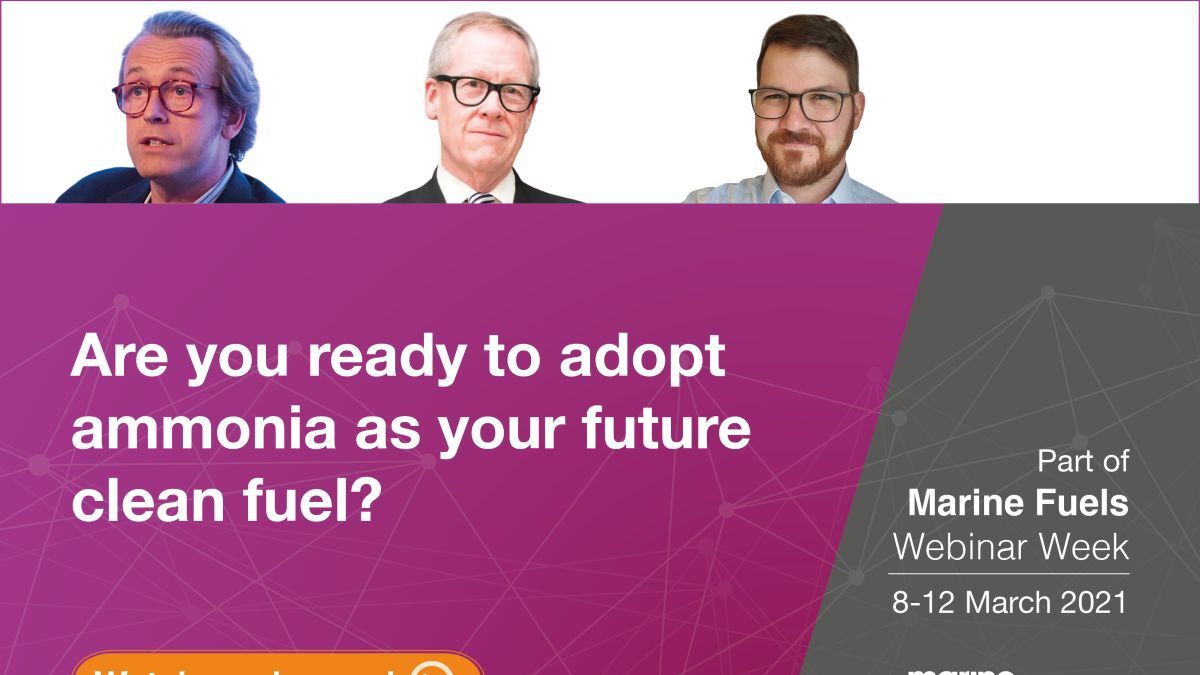
Tackling the question of bunkering infrastructure for ammonia, Mr Sterling said it was “a huge challenge” but it needed to be built quickly – faster than LNG – if the shipping industry was to get started on the journey to decarbonisation.
“I would like us to move directly to fully renewable fuels like ammonia, but it’s a massive challenge,” he noted, requiring large capital investment. Still, as a container shipping company, only a few ammonia bunkering hubs would be needed to get up and running.
While he said there was “next to nothing” when it comes to green ammonia, Mr Sterling thought scaling up production would be manageable “because it has so few dependencies,”. He noted promising advancements in electrolyser technology could produce it at “a pretty reasonable price point, given that this is a very new fuel.”
Maersk is doing its part by joining in an effort to build Europe’s largest green ammonia production facility in Esbjerg, Denmark.
The use of ammonia as a marine fuel will also draw strength from collaborative efforts, not only involving stakeholders in shipping, but across industry.
Several such initiatives have now emerged. One example is the Castor Initiative, involving the joint development of an ammonia-fuelled tanker. Partners in the project include Lloyd’s Register (LR), Samsung Heavy Industries (SHI), MISC Berhad (MISC), MAN Energy Solutions, the Maritime and Port Authority of Singapore (MPA) and Yara International.
Cost still a hurdle
But cost was firmly on the minds of audience members, based on polls taken during the webinar. When asked to assess the main hurdles for placing an order for a newbuild or retrofit fuelled by ammonia, 35% of respondents expressed concerns about ammonia’s availability and affordability, 19% were concerned about the cost of operating on ammonia, 20% were unsure about the fuel’s ability to help meet decarbonisation targets, over 8% were concerned about funding for the newbuilds and retrofits and 18% thought the lack of a clear decarbonisation policy was an issue.
However, more than two-thirds (67%) of respondents agreed or strongly agreed that choosing a transitional fuel, like LPG or LNG, in the short term would be the most cost-effective path to decarbonisation by 2050.
On the question of whether investing in either ammonia or hydrogen would preclude choosing the “other road”, 52% disagreed or strongly disagreed.
When asked what alternative fuels were best suited for their fleets, results from audience respondents showed no clear winner; ammonia and LNG each polled at almost 33%, followed by methanol (29%), bio-fuel (15%) and hydrogen and synthetic diesel (10% each). The remainder of the respondents, 25%, had “not performed their own analysis and really had no idea.”
As a follow up, audience members were asked: “When do you plan to have a formalised sustainability programme in place which would address future fuel selection as a critical element of your emissions reductions programme?” 20% of respondents said they had a plan in place, 34% said they would have one by the end of 2021, 13% were just beginning and would have one by the end of 2022 and 33% had no idea, perhaps by 2023 or later.
Related to this Story
Events
Maritime & Offshore Community Golf Day 2025
Offshore Wind Webinar Week
Maritime Decarbonisation, Europe: Conference, Awards & Exhibition 2025
Offshore Support Journal Conference, Americas 2025
© 2024 Riviera Maritime Media Ltd.


